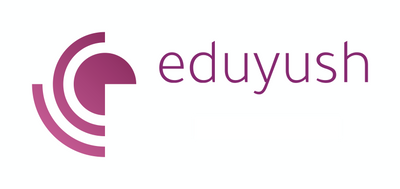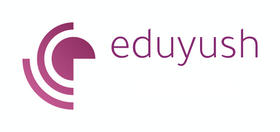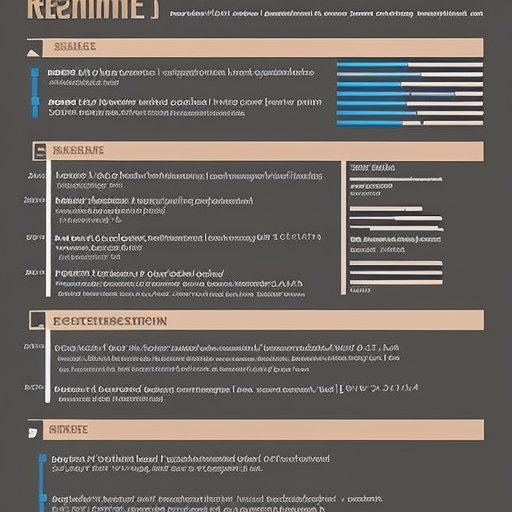What is Petty cash? Accounting. Reconciliation. Advantages
For any business, there will be times when it needs to pay for small value items (such as tea and coffee for its employees to drink) or when it runs out of supplies and needs to buy things quickly (such as paper for the printer or postage stamps). In these instances, it is often much easier for the business to use cash to make a payment than to generate a bank transaction. Therefore, a company must hold cash (notes and coins) to make these payments. In accounting, the cash held by a business for this purpose is called petty cash.
What is Petty cash?
Petty cash is the cash (notes and coins) that a business holds to pay for low-value items and to deal with any other transactions which require cash.
The petty cash of a business is usually kept in a cash tin or box. This may be kept in a safe on the business premises. The container should include all the petty cash vouchers that will be issued to support any cash movements (we will look at petty cash vouchers later in this unit).
Why is it called Petty cash?
The name "petty cash" is derived from the fact that this fund is used for small, everyday expenses. Petty cash is typically kept in a small envelope or wallet and is used to pay for items such as office supplies, postage, and simple repairs.
Petty cash allows businesses to avoid having to write checks for these small expenditures, saving time and hassle. It also eliminates the need to track these expenses in a formal accounting system. By using petty cash, businesses can keep their financial records more concise and easy to manage.
Petty cash is reported under cash in the trial balance of companies.
Petty cash vouchers
When money is taken out of petty cash in advance of the transaction, an I.O.U. (I owe you) note should be put into the tin. This I.O.U. is simply a note which includes details about the following:
- The amount of money taken out of the petty cash tin
- The date
- Who has received the money?
Once the item has been purchased and any change is returned to the tin, the I.O.U. is taken out and replaced with a petty cash voucher (also known as a petty cash receipt). A petty cash voucher is a paper form used to record the details of payments from petty cash.
If an employee has spent their own money on an item for the business and is paid back from petty cash, then the petty cash voucher will be raised when the employee presents the receipt as proof of purchase.
A receipt showing proof of purchase must be provided to pay money from petty cash.
Petty cash book and its purpose
The purpose of a petty cash book is to:
- Summarise the petty cash transactions from the petty cash vouchers so that the information can quickly be recorded in the ledger accounts in the general ledger
- To allow the business to check that the amount of cash-in-hand at the end of the week (or month) agrees with the records.
Examples of Petty cash
A simple style of petty cash ruling is shown below with different natures of routine expenses. The opening balance of petty cash on hand, the imprest amount, at the beginning of the month of January is $20. The expense payments are listed below
- Paid train fare $3.00
- Sent courier $2.00
- Paid for office cleaning materials $4.00
- Bought coffee $4
- Paid for pencils $1
- Purchased office stamp $4
The total of the above routine expenses is $18. This is the total petty cash expenditure for the week, and, when deducted from the original imprest amount of $20.00, leaves a balance of $2 petty cash in hand at the end of the week. This is known as the imprest system and is commonly used in business.
At the end of the week, the main cashier will refund the petty cashier the sum of $18 (the total disbursements) so that the balance of the imprest for the commencement of the second week is made up to the original sum of $20.00.
As far as possible, vouchers and receipts for payment of these minor expenses should be asked for so that the main cashier can verify them. It should be possible to obtain a receipt for most of the items.
Counting petty cash
Counting petty cash is as simple as it sounds. This happens at the end of the week as part of the closing off of the petty cash book. The person responsible for petty cash must physically count the money in the petty cash tin. The amount physically counted is known as cash-in-hand. This is often recorded on a 'cash sheet'.
The counting of petty cash is quite simple.
Reconciliation between cash-in-hand and petty cash book
Reconciliation checks that the balance amount is the same for two separate sources of information. In this instance, we are reconciling the balance of petty cash held at a point in time, and the two different sources are the physical cash count and the petty cash book.
There might be a difference between the total cash count and the balance c/d in the petty cash book.
- The numbers, notes, and coins could have been miscounted or misrecorded on the cash count sheet.
- The calculations of the $ amount for each type of note or coin could be wrong on the cash count sheet.
- The total $ amount could have been incorrectly calculated on the cash count sheet.
- The petty cash book could have been added up incorrectly, so the balance is wrong.
- The petty cash book might not include all of the petty cash vouchers.
- The petty cash vouchers might have been poorly recorded in the petty cash book.
- A petty cash transaction might not have been recorded on a petty cash voucher.
Advantages of Petty cash
There are several advantages of petty cash.
- Perhaps the most obvious is that it can help organizations keep track of their spending more efficiently. With a dedicated petty cash fund, organization employees only have to track expenses against a finite amount of money rather than keeping track of every individual purchase.
- Petty cash also allows for more flexibility in spending, as opposed to relying on budget approvals for every purchase. This can be especially helpful in urgent situations where a delay could mean losing a potential business opportunity.
- Finally, petty cash can help businesses build their credit history by demonstrating responsible financial management.
Disadvantages of petty cash
There are a few critical disadvantages to petty cash.
- First, tracking how much money is in the fund can be challenging, which can lead to losses or overspending.
- Second, since petty cash is typically used for small transactions, it can be difficult to make large purchases or pay bills with it.
- Finally, handling and managing petty cash can be a time-consuming process.
A business needs to hold cash to make payments for small value items or when it runs out of supplies and needs to buy things quickly. The cash held by a business for this purpose is called petty cash. In accounting, companies use cash accounts to track the amount of cash they have on hand.
To learn more about such basic concepts in accounting, read our blog.










Leave a comment